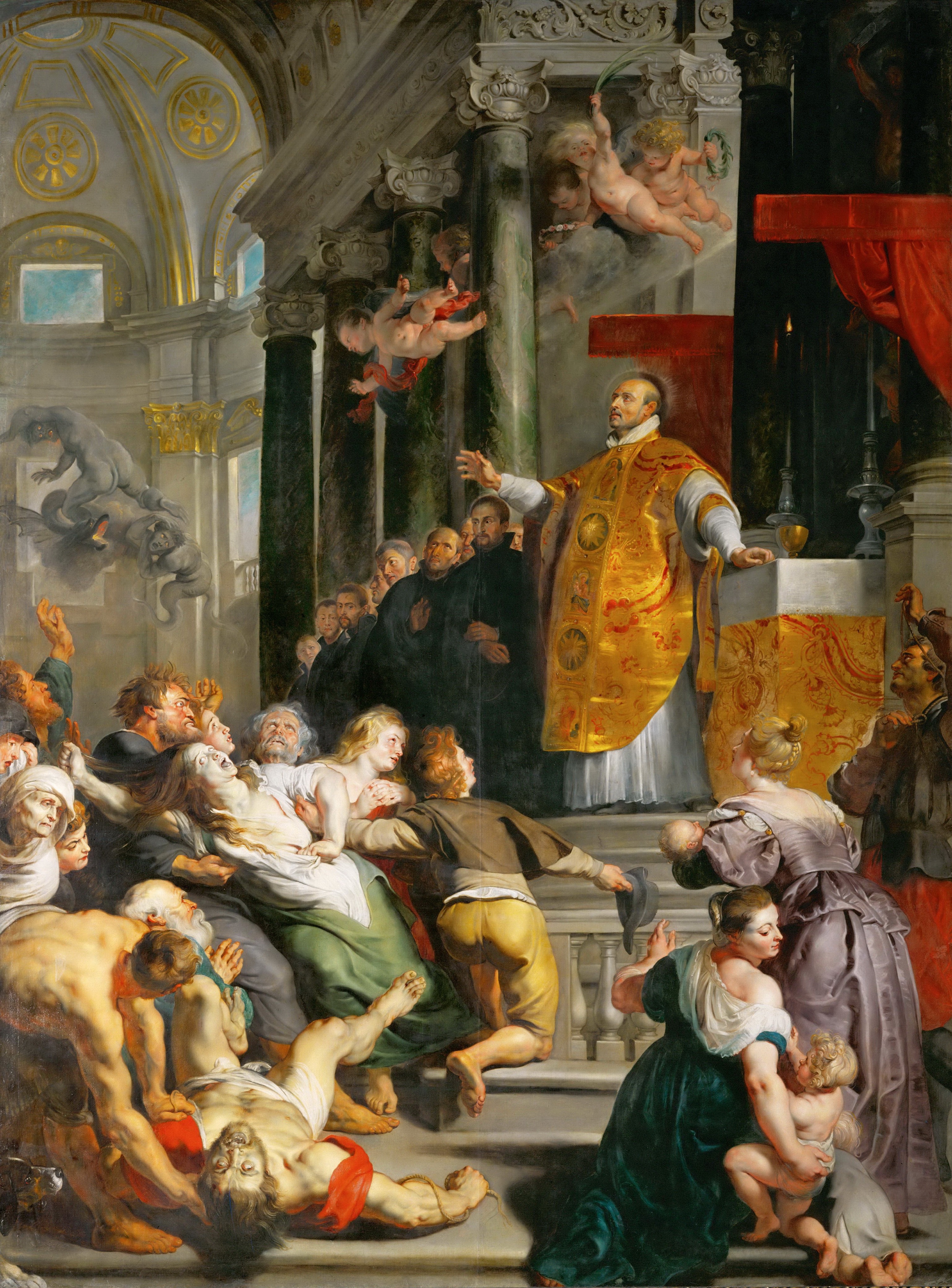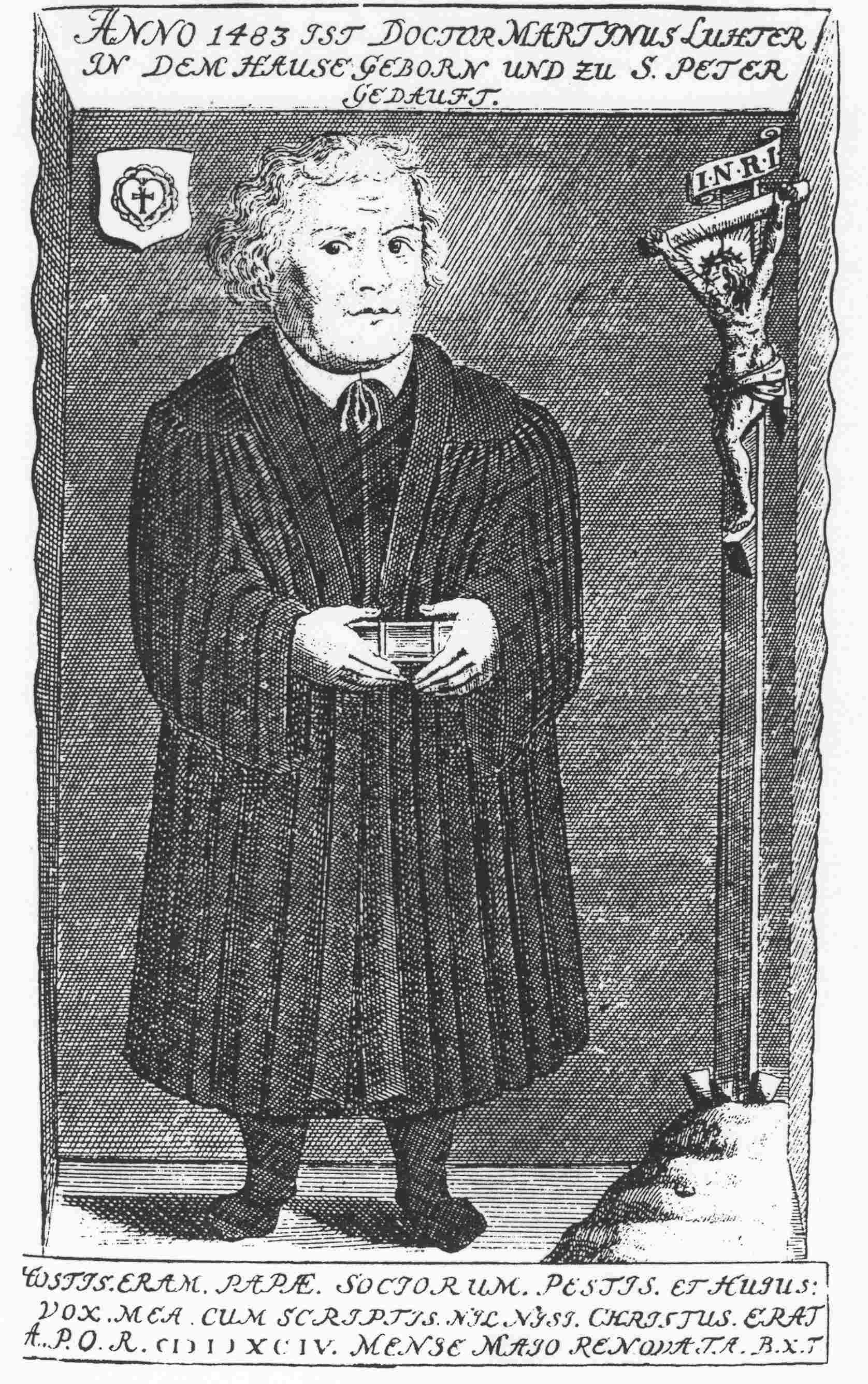 A Cultural Revolution?
A Cultural Revolution?
I. The Catholic Reform: A Question of Definitions
Image: Johann Stephan Pütter (1725-1807)
Image: Wilhelm Maurenbrecher (1838-1892)
Image: Hubert Jedin (1900-1980)
II. Antecedents of Catholic
Reform
A. “Grass-Roots” Reform in the Mediterranean Region
B. New and Reformed Religious Orders
Image: Carindal Francisco Ximénes de Cisneros (1436-1517)
Image: Matteo Bassi (1495-1552), co-founder of the Order of Friars Minor Capuchin (1528)
Image: Angela Merici (1474-1540), founder of the Order of Ursulines (1535)
Image: Teresa of Ávila (1515-1582)
Map:
Jesuit Foundations, 1540-1615
III The Council of Trent, 1545-1563
A. Reunification of the Church
B. Reform of Doctrine and Religious Observance
C. Reform of Church Institutions
Image: Duke Wilhelm IV of Bavaria (1493-1550)
Image: Julius Echter von Mespelbrunn, Bishop of Würzburg (1573-1617)
Image: J.F. Dielmann, "Pilgrimage to Walldürn" (19th C.)
Map: Religious Divisions of Europe, 1680
Image: Peter Paul Rubens (1577-1640) The Miracle of Saint Ignatius Loyola (c. 1617). Kunsthistorisches Museum. Image Source: Wikimedia Commons.
